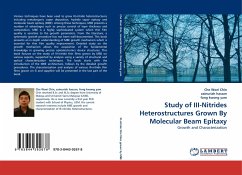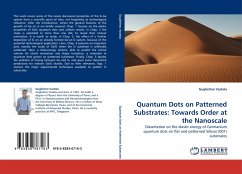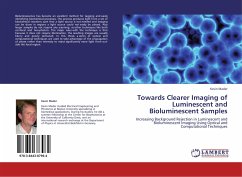Nowadays, the upcoming shortage in fossil fuels has been admitted by a vast majority of the scientific community. Because of its large availability, solar energy is probably one of the best candidates to provide the energy required for the needs of our next generations. Silicon and thin film-based solar cells are the most widespread at the present time. Among the thin film solar cells, cadmium telluride (CdTe) based solar cells are of high interest because of the related band gap fitting with a wide range of the solar spectrum. Such thin films can be produced with a high crystalline quality and with a very low defect density thanks to molecular beam epitaxy (MBE). A few years ago, a new emerging field of research appeared: the third generation solar cells, based on nanometric devices. This book deals with the applicability of MBE to grow nanostructures suitable for third generation solar cell structures. This relies on the possible selective growth by MBE. In this work, it is demonstrated that such a selective growth is a reality for CdTe grown on micro and nano-seeds by MBE, making possible the future growth of third generation solar cells by this technique.
Bitte wählen Sie Ihr Anliegen aus.
Rechnungen
Retourenschein anfordern
Bestellstatus
Storno








